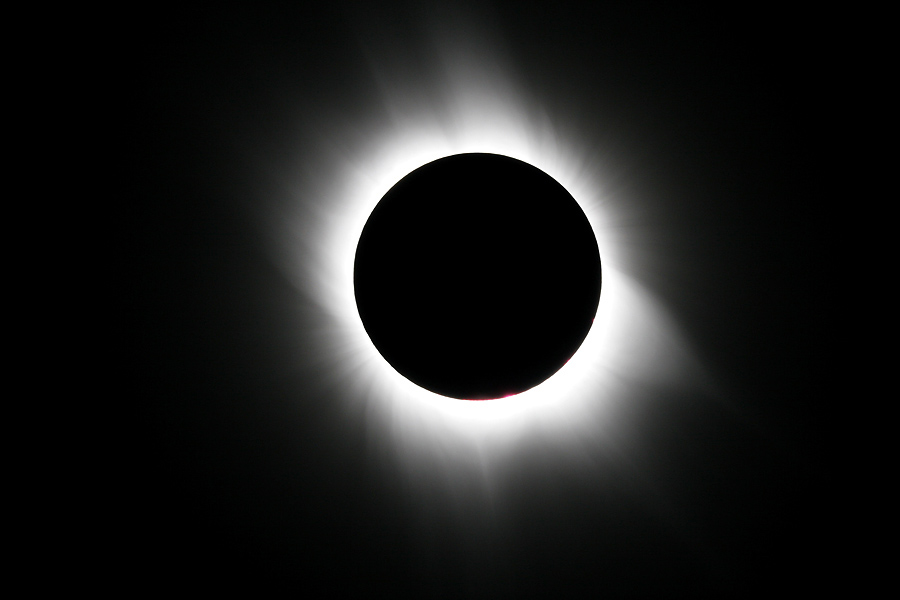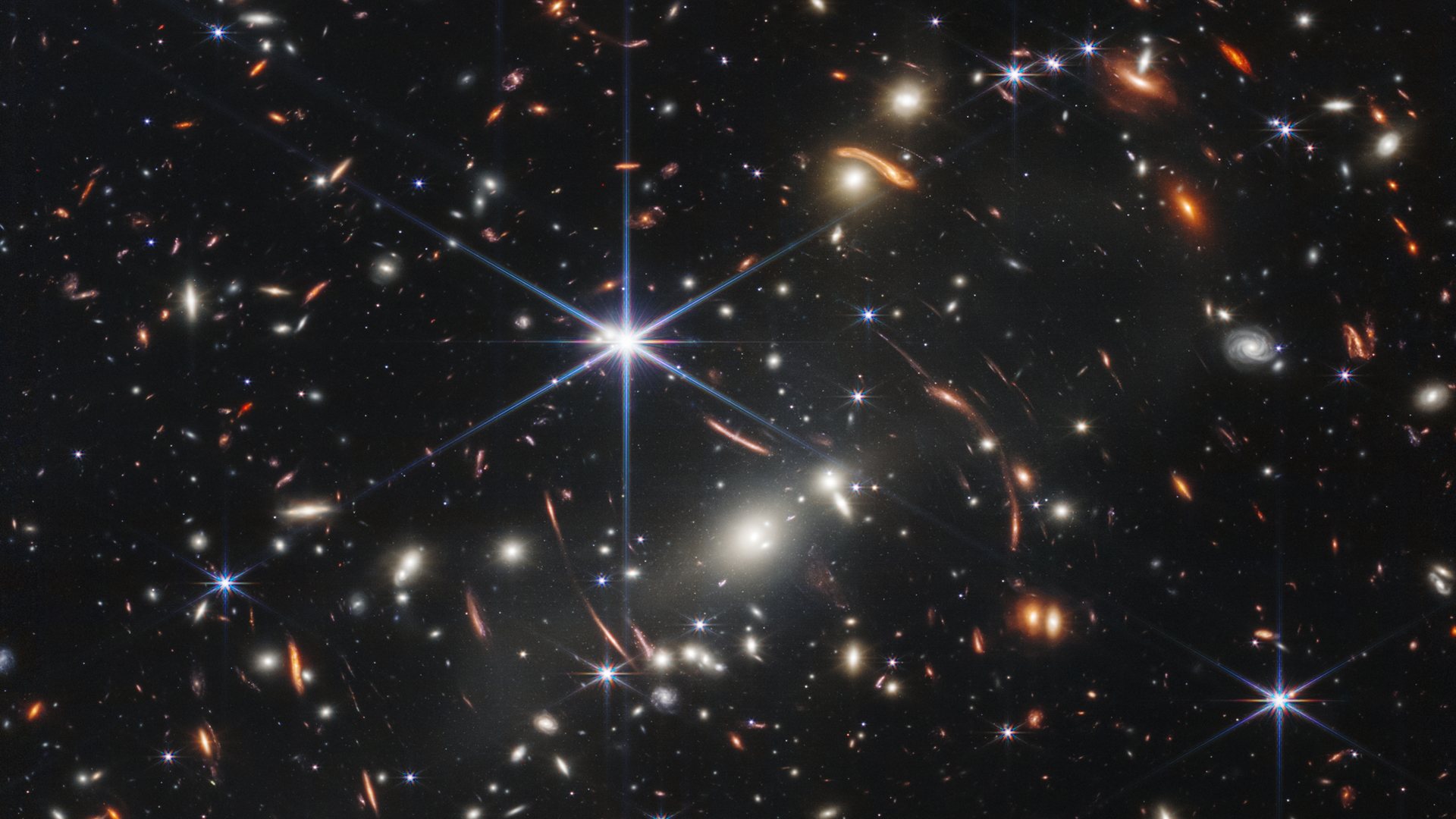NASA Wants You to Get Set for the Great American Total Solar Eclipse of 2017

With 2017 right around the corner, it's time to start getting ready for the "Great American Total Solar Eclipse," NASA announced this week.
For the first time in nearly 100 years, a solar eclipse will sweep across the entire continental United States, happening on Monday, Aug. 21, 2017. It will be a once-in-a-lifetime opportunity for most skywatchers, so don't miss out!
As the moon passes before the sun, it will cast a dark shadow that begins at 10:15 a.m. PDT (1:15 p.m. EDT) on the West Coast near Salem, Oregon, before traveling cross-country to Charleston, South Carolina, where it will end at 2:48 p.m. EDT, according to a NASA press release. [Total Solar Eclipse 2017: When, Where & How to See It (Safely)]
Viewers along the line between those two cities will experience a few seconds of totality, or complete darkness, while the rest of the country will be able to see the eclipse in its partial form. During a partial solar eclipse, the moon appears to have taken a bite out of the sun. The sky won't get nearly as dark as it does in the path of totality, and the partial eclipse will start earlier and end later than the total eclipse. [Total Solar Eclipse: What to Expect as Moon Blocks Sun (Photos)]
While skywatchers are making plans to see the eclipse in the best possible locations, researchers are preparing to do some serious science experiments during the event. At an American Geophysical Union (AGU) meeting in San Francisco on Wednesday (Dec. 14), scientists from NASA, the University of Texas at Arlington and the University of Hawaii gave presentations about the science of solar eclipses.
"An eclipse teaches us so many things, but the 2017 eclipse is especially unique because of the uninterrupted land masses it will pass over," Lika Guhathakurta, a NASA astrophysicist, said in a statement. "This will allow us to maximize our chance to collect data and connect the shadow of the moon to Earth science."
For example, a total solar eclipse provides an opportunity for scientists to look at the sun's corona, or outer atmosphere, which will appear as rays of white light surrounding the moon. The sun's corona can reveal information about solar flares, coronal mass ejections and the solar wind — a stream of charged particles constantly flowing out of the sun and into space.
Breaking space news, the latest updates on rocket launches, skywatching events and more!
"There is a whole spectrum of colors of light that our eyes cannot see," University of Hawaii astronomer Shadia Habbal said in the AGU meeting. "From these different colors, we can directly probe into the physics of the corona."
You don't have to be a scientist to appreciate the sight of the Great American Total Solar Eclipse. But you do need to practice safe-viewing techniques to avoid damaging your eyes. It's never a good idea to look directly at the sun, even during a total or partial eclipse. We recommend finding a (cheap) pair of eclipse glasses, though these are not the only way to protect your eyes while watching an eclipse. For more tips on safe eclipse viewing, check out this Space.com infographic.
Email Hanneke Weitering at hweitering@space.com or follow her @hannekescience. Follow us @Spacedotcom, Facebook and Google+. Original article on Space.com.
Join our Space Forums to keep talking space on the latest missions, night sky and more! And if you have a news tip, correction or comment, let us know at: community@space.com.

Hanneke Weitering is a multimedia journalist in the Pacific Northwest reporting on the future of aviation at FutureFlight.aero and Aviation International News and was previously the Editor for Spaceflight and Astronomy news here at Space.com. As an editor with over 10 years of experience in science journalism she has previously written for Scholastic Classroom Magazines, MedPage Today and The Joint Institute for Computational Sciences at Oak Ridge National Laboratory. After studying physics at the University of Tennessee in her hometown of Knoxville, she earned her graduate degree in Science, Health and Environmental Reporting (SHERP) from New York University. Hanneke joined the Space.com team in 2016 as a staff writer and producer, covering topics including spaceflight and astronomy. She currently lives in Seattle, home of the Space Needle, with her cat and two snakes. In her spare time, Hanneke enjoys exploring the Rocky Mountains, basking in nature and looking for dark skies to gaze at the cosmos.


